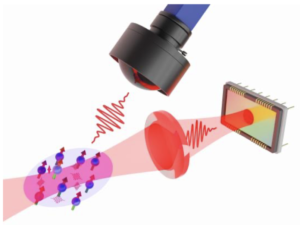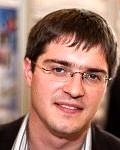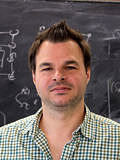C02 – Light-induced correlations in dense atomic media
Summary
The impact of strong magnetic correlations in a dense cold gas of dipolar dysprosium atoms onto the propgation of light as well as signatures of cooperative effects, like sub- or superradiance, are investigated in an experiment-theory collaboration. Experimentally, we map the magnetic dipole-dipole interaction onto light and the control over the cold atom samples is used to actively shape the outgoing light state. Theoretically, the competition between magnetic and electric dipole-dipole interactions is studied in the quantum cooperative regime in order to gain a quantum field theoretical description of light scattering in dense degenerate quantum gases.
Project Leaders
Patrick Windpassinger
Johannes Gutenberg-Universität Mainz
55128 Mainz
- Phone number: +4961313920202
- Email: windpass@uni-mainz.de
Kai Phillip Schmidt
Friedrich-Alexander-Universität Erlangen-Nürnberg
91058 Erlangen
- Phone number: +49 9131 85-28443
- Email: kai.phillip.schmidt@fau.de
Publications
No publications found.



